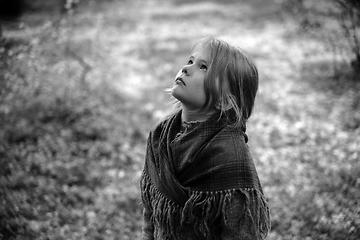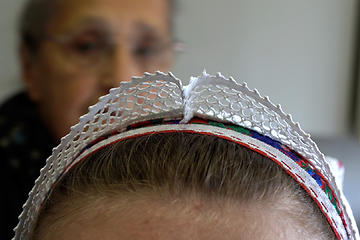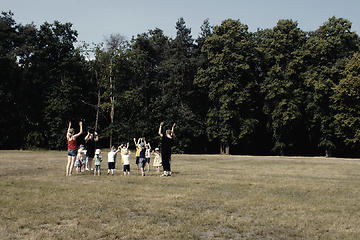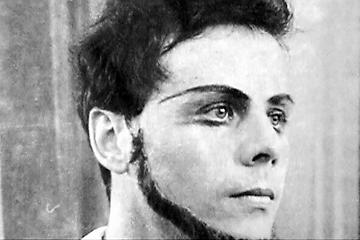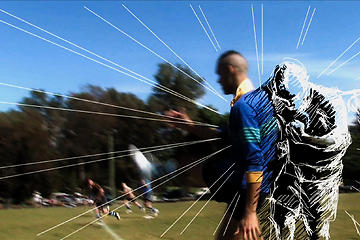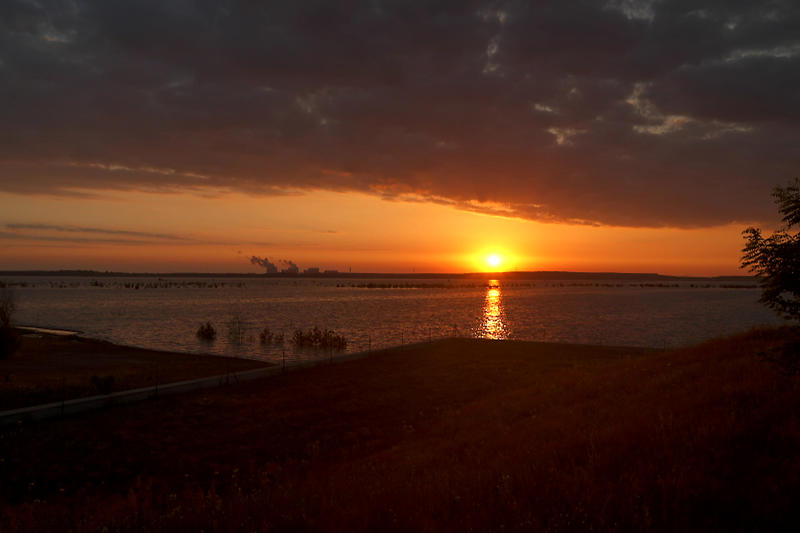
Hoffnung am Ostsee - Brandenburgs größter See entsteht
Hoffnung am Ostsee - Brandenburgs größter See entsteht

Performance
The regions surrounding the lake have been waiting for this moment for years. In 2024, there was more flood water from the Spree than ever before, meaning that Brandenburg's largest lake is finally visible, in all its gigantic dimensions, for the first time. A self-contained expanse of water that extends over almost 20 square kilometres! Cause for hope. Previously, five dry years meant that flooding had proceeded sluggishly whilst dangerous landslides and erosion caused serious setbacks in the shore design of this mine-turned-lake.
Now the energy company LEAG, the city of Cottbus and the Ostsee communities are wrangling over the lake’s future direction. How can plans for local recreation and the increasing use of the lake as a source of energy be put into place without mutual interference? Should the Cottbus Ostsee become an additional water reservoir for the dry Spree catchment area? If so, this would affect planned tourism projects.
This, the 6th episode of an rbb long-term documentary project, discusses the high hopes held for the lake: With Germany's largest floating solar plant, which LEAG is currently building. With Germany's largest seawater heat pump, which Cottbus' municipal energy supplier is pushing ahead with. With the Ostsee village of Schlichow, where clean-up work in the aftermath of the dangerous landslides is beginning. Meanwhile, the community of Teichland is happy about the water and the appearance of the first fish in the marina.
Part of the programme BERGBAU & LANDSCHAFTSWANDEL
Mining has shaped Lusatia, both in the form of active open-cast mines and with its influence on the resulting landscape. These films depict the dimensions of this encroachment for both man and nature, providing insight that ranges from the open wound incurred by nature to the supposed healing of a wounded landscape.
08.11.2024 | 16:00 | Glad-House
Maren Schibilsky
Guido Kilbert, Fayd Jungnickel, Manto Sillack
Heiko Danthe
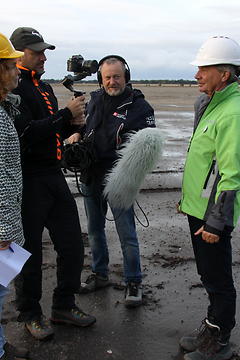
Maren Schibilsky - Maren Schibilsky (Jg. 1967) arbeitet seit 30 Jahren als Journalistin für Hörfunk und Fernsehen. Ihre Schwerpunkte sind Wissenschafts- und Umweltthemen. Als Filmemacherin ist sie regelmäßig für den Rundfunk Berlin-Brandenburg unterwegs und arbeitete u.a. für die Wissenschaftsformate „OZON“ und „Die Wahrheit über …“. Ihre rbb-Dokumentationen „Landschaften zum Überleben: Der Naturschutzpionier Michael Succow“, „Vom Fläming in die Schorfheide: Leben mit dem Wald“ oder „Brandenburgs Tafelsilber: Landschaften für die Zukunft“ beschäftigen sich mit außergewöhnlichen Menschen und Landschaften in Ostdeutschland. In ihrer rbb-Fernsehreportage „Unterwegs mit Plastikjägern“ begleitet sie Wissenschaftler und Akteure, die sich für weniger Plastik in der Umwelt einsetzen. Und in ihrer Dokumentation „Mission Schreiadler“ stellt sie Artenschützer vor, die aufopferungsvoll für das Überleben des kleinsten Adlers in Deutschland kämpfen. Ihre letzte Dokumentation zusammen mit Filmemacher Wolfgang Albus beleuchtet in einer Langzeitbeobachtung die Entstehung des größten künstlichen Sees Deutschlands, den Cottbuser Ostsee. Maren Schibilsky ist auch für Wissenschaftsformate beim RBB-Inforadio und beim Deutschlandfunk tätig. Sie lebt mit ihrer Familie in Berlin.

